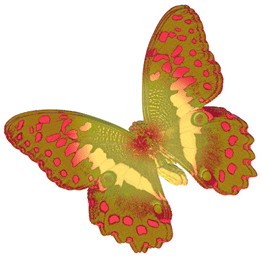Volume 24 · Number 4 · Summer 2007
Other Campus Hits of the ’60s and ’70s

KDVS. While it started in 1964 on the AM band as KCD — initially broadcasting from the laundry room of the former Beckett Hall men’s dormitory — the station became KDVS FM in October 1968. Today, the 9,200-watt, free-form, ASUCD- and community-funded station broadcasts live 24 hours a day year-round from the basement of Freeborn Hall, publishes a quarterly magazine, raises about $70,000 during an annual on-air fundraiser, puts on hundreds of live music events and offers online streaming at www.kdvs.org. “KDVS is the last station in the UC to be completely student managed—just like when it started in the ’60s,” said Drake Martinet, general manager and a fifth-year student majoring in political science with minors in history and geology. And that, said Martinet, is what keeps the station “progressive, innovative and energetic.”
Outdoor Adventures. When students started this cooperative 35 years ago, they had the use of a closet in the Memorial Union and a hodgepodge collection of military-surplus and donated rafting equipment, said Associate Director Jordy Margid ’85. The program has been growing ever since, with $300,000 in camping gear available at its rental center in the Silo Union barn and trained student guides leading whitewater and wilderness trips for more than 2,000 students every year. The program, now part of Campus Recreation, also offers outdoor guide training programs. “It’s still a student cooperative,” Margid said. “It’s unique in that it’s all student run and managed and all the trips are led by students.”
The House. Started by students in 1970, the peer counseling center is now overseen by the campus Counseling and Psychological Services but is still located in the same stucco and wood-framed former home and staffed by student volunteers. The peer counselors go through a quarter-long training program and commit at least a year to helping other students, through drop-in and call-in counseling and group presentations. Some things that remain the same, said Coordinator Naomi Sakai, include pillows on the floor, a friendly atmosphere, the wooden screen door, the “funny-sounding door buzzer,” and a sign in the front room made by one of the original “Housers.” Among the new is a Mind-Body gym, with an automated massage chair, a meditation room and a listening room with guided imagery CDs and tapes. The Mind-Body gym was established with help of a fund memorializing Andrew Donnell ’96, a former ASUCD president, who died 1999.
— Kathleen Holder
